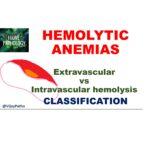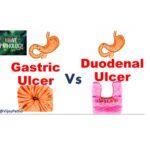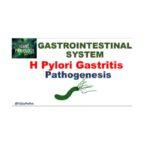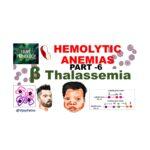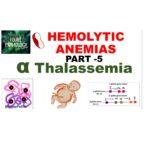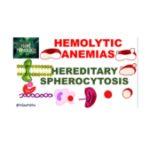HEMOLYTIC ANEMIA – Extravascular vs Intravascular hemolysis, Classification.
HEMOLYTIC ANEMIA - Extravascular vs Intravascular hemolysis, Classification. Hemolytic anemia Anemias resulting due to increase in the rate of red cell destruction Hemolysis Premature or increased
Read MoreGASTRIC vs DUODENAL ULCERS
Peptic ulcer disease Gastric acid secretion or pepsin-induced chronic mucosal ulceration that affects the duodenum or stomach.It is almost always associated with H. pylori infection, NSAIDs, or
Read MoreH Pylori gastritis
Helicobacter Pylori Slender curved rods with polar flagella ( Rapidly motile due to the action of flagella ) Gram negative, Only human bacteria to persistently inhabit the gastric mucus. Cannot
Read MorePathology of β-thalassemia
β Thalassemia Hemolytic anemia due to deficient synthesis of β globin chains. Molecular basis of β Thalassemia majority of the mutations are point mutations. The mutations are of two types βo
Read MorePathology of Alpha Thalassemia
Thalassemia Genetically heterogeneous disorder caused by germline mutations that reduce -globin or -globin synthesis, which leads to anemia, tissue hypoxia, and red cell hemolysis. All the
Read MorePathology of G6PD deficiency
G6PD Deficiency Let us undestand the functions of red blood cell first ! The important function of RBC is binding, transport and deliver of oxygen to all tissues. This is possible when rbc's are
Read MorePathology of Hereditary Spherocytosis
Hereditary Spherocytosis( HS) Hereditary spherocytosis (HS) is a genetic condition brought on by intrinsic defect in the red cell membrane which make red blood cells spheroid, less flexible, and
Read MoreCervical intraepithelial neoplasia & cervical cancer
Cervical Cancer Worldwide, cervical carcinoma is the fourth most common cancer in women. Most important factor in the development of cervical cancer- High-risk HPVs Human papilloma virus; DNA Virus,
Read More
